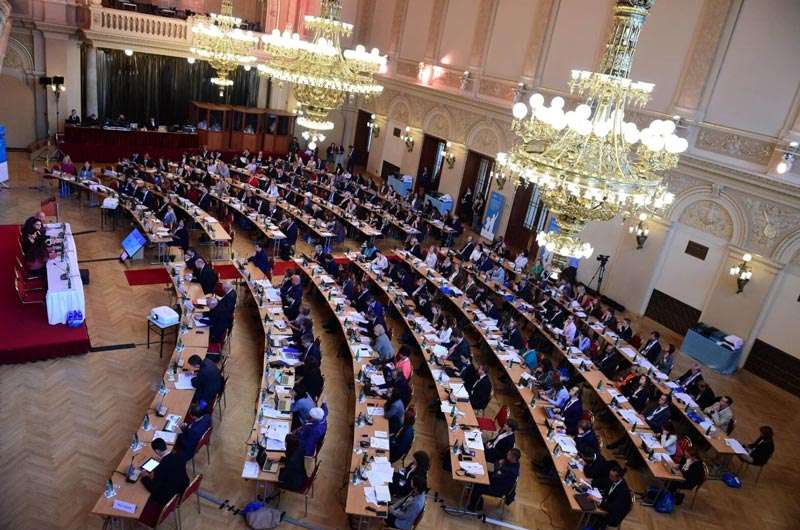It’s time to make noise, people!
As we come to the close of the first round of negotiations in New York on the Global Compact on Migration, they have revealed that we’ve got some serious work cut out for us if we really want to use this mechanism to end child detention, once and for all.
Our partners in New York and Geneva have been involved in the first round of compact negotiations on both the Migration and Refugee Compacts. We acknowledge Brazil, Bolivia, the Dominican Republic, Ireland, Thailand, Egypt and the Holy Sea, as well as the African Union and Central American States for rising to the call to end child detention. Their political leadership on this issue should be highly commended globally. However, we are disheartened and deeply concerned that the majority of influential states continue to push for the ability to detain children.
As a result, achieving language during the negotiations that obliges all States to end child detention continues to be called “ambitious”.
We already have a commitment from States to work towards ending child detention in the New York Declaration. We can, of course, continue to use this to push our collective advocacy efforts forward. But the negotiation of the Global Compacts presents an opportunity to translate this commitment into tangible, practical outcomes. Ending child detention needs to be in the language for the compacts, in addition to the NY Declaration, or it risks being yet another case of empty words and no action.
It depresses me that doing what is clearly right in the Global Compacts is seen as “ambitious”.
But then if there is something I know about the people who support the End Child Immigration Detention Campaign, it’s that we are a tough, persistent, ambitious bunch of people. So it’s time to get active!
We continue to hear excuses about why States need to detain children. So I’m debunking the most common ones we hear at the Campaign, because the truth is there is no need to detain a child. Seriously.
- Have you shared our petition? The more people in support, the more clout we have when we forth into meetings.
- Share this Facebook post
- Share this Tweet
- Talk to your national government representatives who are part of the Global Compact Negotiations. Tell them why child detention is a concern for you, extend an offer to help and put them in touch with the many experts in our collective network!
- Share these resources and use them in your own advocacy:
- The Child Rights Initiative analysis of the Zero Drafts of the Global Compacts
- The Child Rights Initiative Roadmap to End Child Detention
- International Detention Coalition analysis of the Zero Drafts of the Global Compacts
- The Committee on the Rights of Child statement the EU needs to ban child immigration detention.
- International Detention Coalition Alternatives to Detention Database
- The Inter-Agency Advocacy Booklet on Ending Child Detention
- If you want to suggest specific wording that can be improved in the compacts in your national consultations, it’s in the International Detention Coalition analysis of the Zero Drafts of the Global Compacts








I cannot believe, we still have children or even adults in detentions without hope, without ever knowing when they get out. How can our polititions justify this torture, how can they sleep at night, send their children to private school, etc. ???!!!